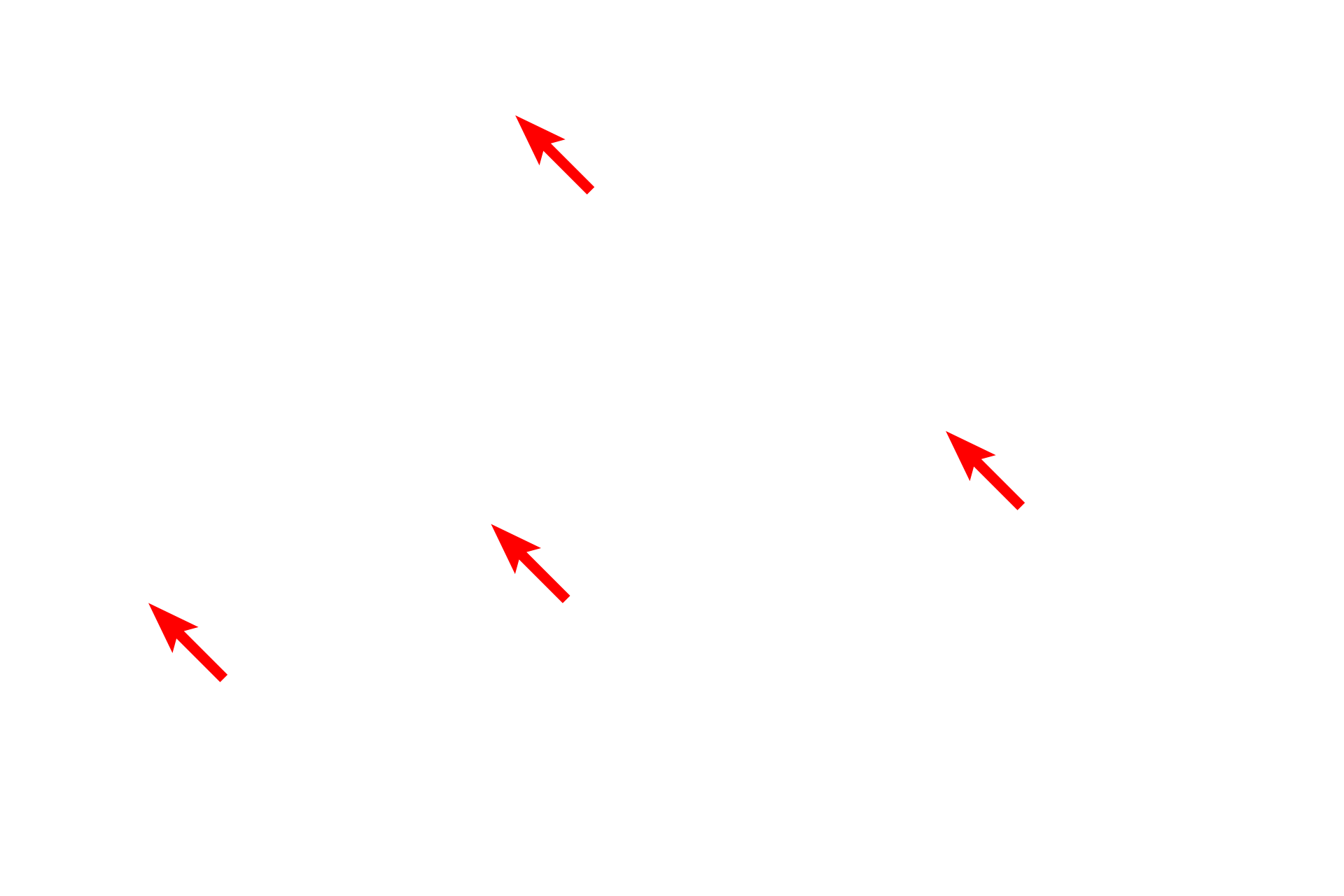
Cilia
Cilia are hair-like, highly motile extensions, greater than 1 micron in height, that project from the apical surface of some cells. Each ciliated cell possesses numerous cilia, which beat in concert to propel materials along the epithelial surface. In the oviduct, seen here, the beating action of these cilia captures and transports the ovum. Also present in the epithelium are secretory cells whose products nourish the egg cell. Oviduct 1000x

Cilia >
Each cilium is attached to a basal body located in the apex of the cell that anchors the cilium to the cell. Both the core of the cilium and the basal body are composed of microtubules.

Basal bodies >
Each cilium is associated with a basal body which collectively form a prominent band along the uppermost portion of the cell. This is one feature that can be used to distinguish cilia from a border of microvilli. Additionally, cilia are much taller than microvilli.

Secretory cells (non-ciliated)
Cilia are hair-like, highly motile extensions, greater than 1 micron in height that project from the apical surface of some cells. Each ciliated cell possesses numerous cilia, which beat in concert to propel materials along the epithelial surface. In the oviduct, seen here, the beating action of these cilia serves to capture and transport the ovum. Also present in the epithelium are secretory cells whose products nourish the egg cell. Oviduct 1000x

Osmium-stained lipid droplets
Cilia are hair-like, highly motile extensions, greater than 1 micron in height that project from the apical surface of some cells. Each ciliated cell possesses numerous cilia, which beat in concert to propel materials along the epithelial surface. In the oviduct, seen here, the beating action of these cilia serves to capture and transport the ovum. Also present in the epithelium are secretory cells whose products nourish the egg cell. Oviduct 1000x

Lumen of the oviduct
Cilia are hair-like, highly motile extensions, greater than 1 micron in height that project from the apical surface of some cells. Each ciliated cell possesses numerous cilia, which beat in concert to propel materials along the epithelial surface. In the oviduct, seen here, the beating action of these cilia serves to capture and transport the ovum. Also present in the epithelium are secretory cells whose products nourish the egg cell. Oviduct 1000x